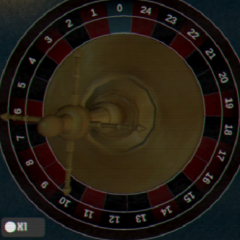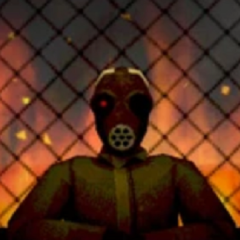Arsonate
Arsonate is a tactical card-based game where two participants face each other inside a circular burning structure. The player and an opponent known as the Host take turns drawing and playing cards. The setting is static, but every move affects the status of the fire spreading around the area. Each round brings changes that either increase the danger or create new temporary options. The main objective is to outlast the opponent without allowing the fire to reach your position.
Arsonate is a tactical card-based game where two participants face each other inside a circular burning structure. The player and an opponent known as the Host take turns drawing and playing cards. The setting is static, but every move affects the status of the fire spreading around the area. Each round brings changes that either increase the danger or create new temporary options. The main objective is to outlast the opponent without allowing the fire to reach your position.
Card Types and Strategic Options
Each card represents a different type of action or event. Some cards expand the fire to new zones, while others offer tools to delay or prevent its advance. Utilities give the player temporary advantages, such as removing specific flames or skipping the opponent’s action. All cards belong to a shared deck, meaning each side must consider their own position and how their move affects the remaining pool.
The most common card effects include:
· Ignite: spreads the fire to an adjacent zone
· Block: stops fire from moving into one zone for a turn
· Delay: skips the next draw phase
· Mirror: copies the last move played by the opponent
· Clear: removes fire from a selected area
Multiple Outcomes and End Conditions
Arsonate includes three different outcomes depending on how the match ends. The first possibility is survival through control, where the player keeps fire from reaching their location longer than the Host. The second is simultaneous destruction, triggered by mutual missteps. The third unlocks a hidden conclusion if specific conditions are met across multiple rounds. Each playthrough is short, but repeated games reveal more about the structure and logic behind the system.
Design and Progression
The interface presents the entire match within a single view. The fire is visualized as spreading zones, and each action updates the layout in real time. There are no long animations or delays—gameplay moves forward quickly after each card is played. The Host responds immediately, and the pace stays constant across the session. Strategy is built not on fast reaction, but on recognizing patterns and understanding the composition of the deck.
Replay and Observation
Because the deck is limited and shared, players who remember card counts gain an advantage. Arsonate does not include random generation beyond the initial shuffle. Every round becomes a controlled exchange of prediction and adaptation. Over time, players begin to anticipate the Host’s decisions and counter them with more accuracy. The game rewards careful observation and planning more than risk. Victory is determined by endurance, not elimination.














Comments